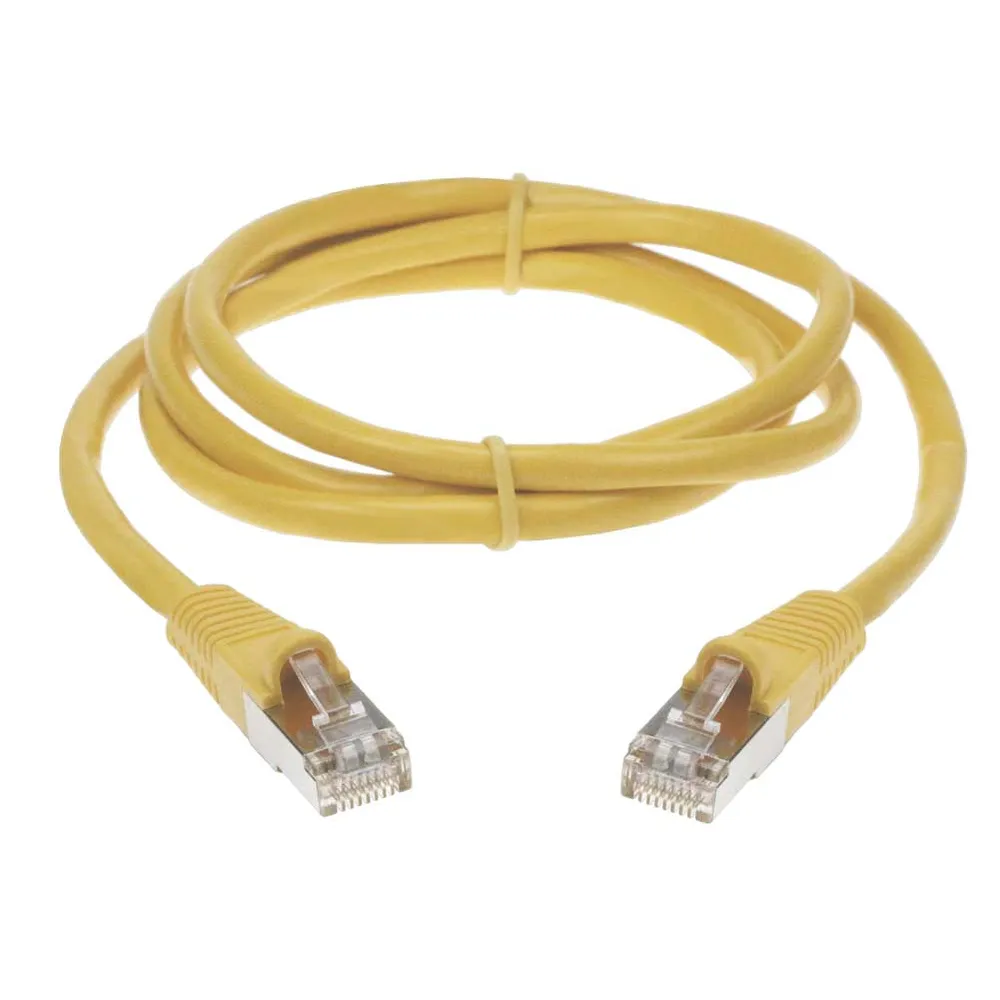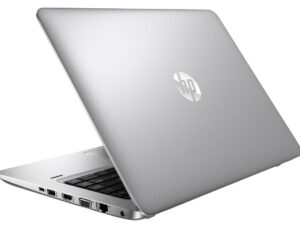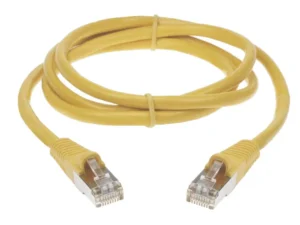Ethernet Cable
Original price was: Sh 50,000.Sh 43,000Current price is: Sh 43,000.
Description
Ethernet cables, commonly known as network cables or RJ45 cables, come in various categories (Cat5e, Cat6, Cat6a, Cat7, and Cat8) with different specifications for data transfer speed, bandwidth, and shielding. Cat5e and Cat6 typically support Gigabit Ethernet (1 Gbps), while Cat6a and above support 10 Gigabit Ethernet or higher. Bandwidth ranges from 100 MHz for Cat5e to 2000 MHz for Cat8. Shielding (STP or FTP) can also vary, with some categories like Cat7 and Cat8 being shielded by default.
Ethernet Cable Categories and Specs:
- Cat5e: Supports 1000 Mbps (1 Gbps) and has a bandwidth of 100 MHz, according to FS.com.
- Cat6: Supports 1000 Mbps (1 Gbps) and has a bandwidth of 250 MHz.
- Cat6a: Supports 10 Gbps and has a bandwidth of 500 MHz, according to Eaton.
- Cat7: Supports 10 Gbps and has a bandwidth of 600 MHz.
- Cat8: Supports 25/40 Gbps and has a bandwidth of 2000 MHz.
Key Considerations:
-
Data Transfer Speed:
The maximum data transfer speed is the rate at which data can be transmitted over the cable, measured in Mbps (Megabits per second) or Gbps (Gigabits per second).
-
Bandwidth:
Bandwidth refers to the maximum frequency that the cable can carry, measured in MHz (Megahertz).
-
Shielding:
Shielding (STP or FTP) protects the cable from electromagnetic interference, which can affect data transmission.
-
Length:
Ethernet cables typically have a maximum length of 100 meters (328 feet) to maintain signal integrity.
-
Connector:The standard connector for Ethernet cables is the RJ45 connector.


